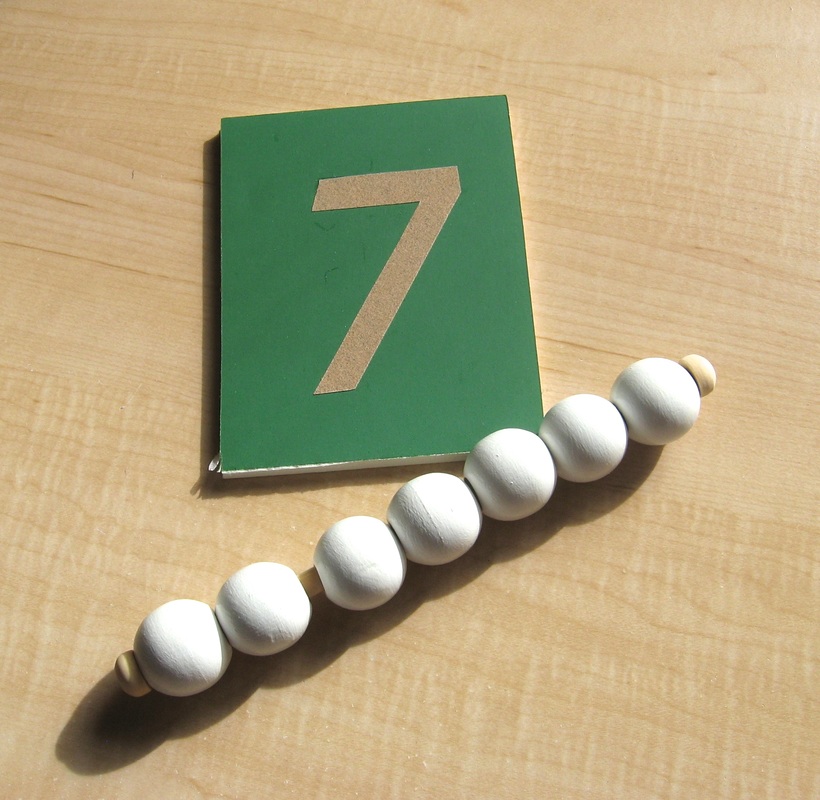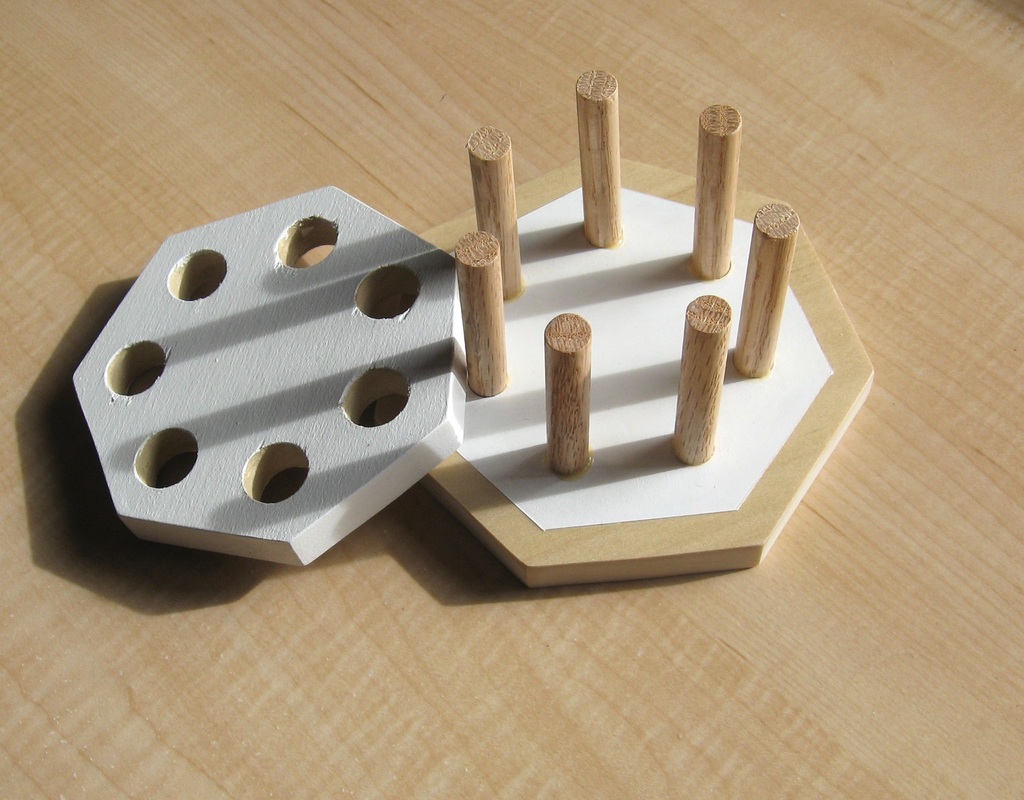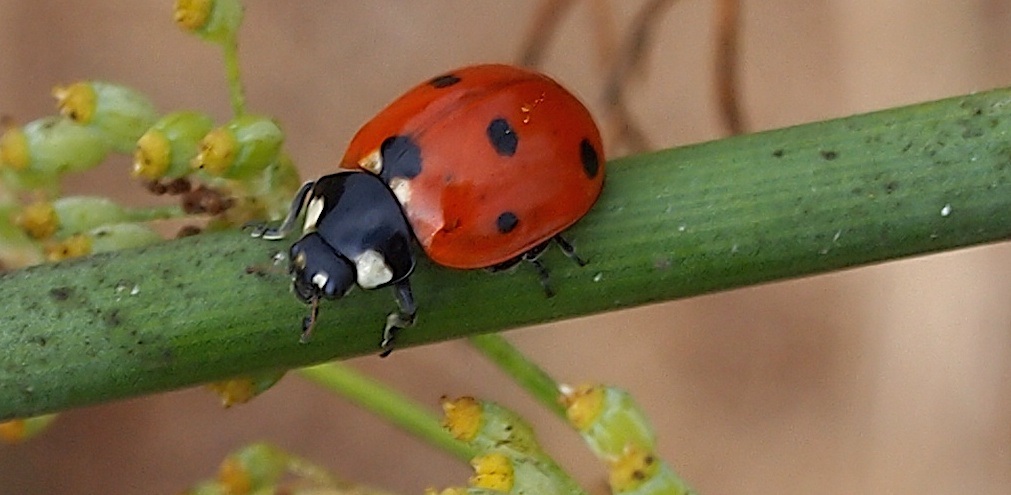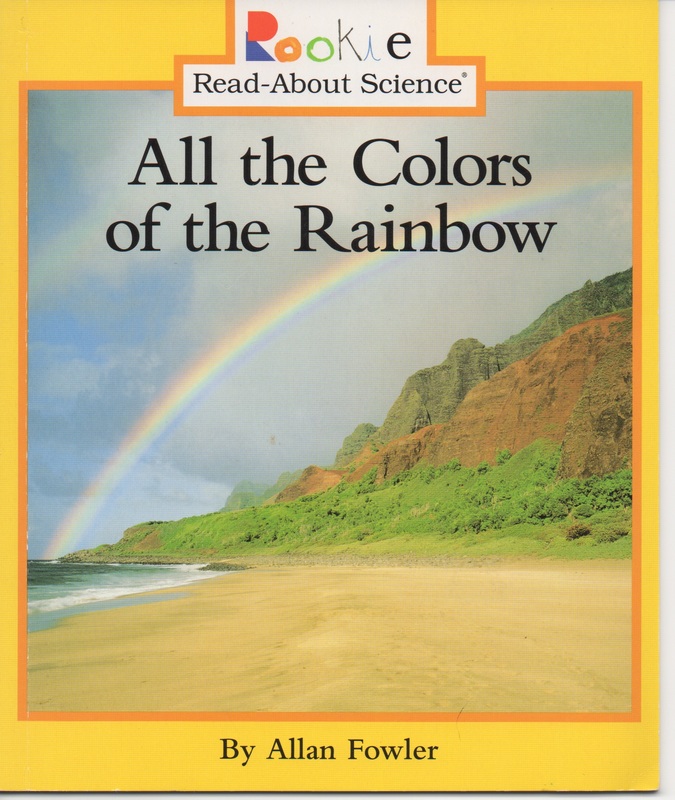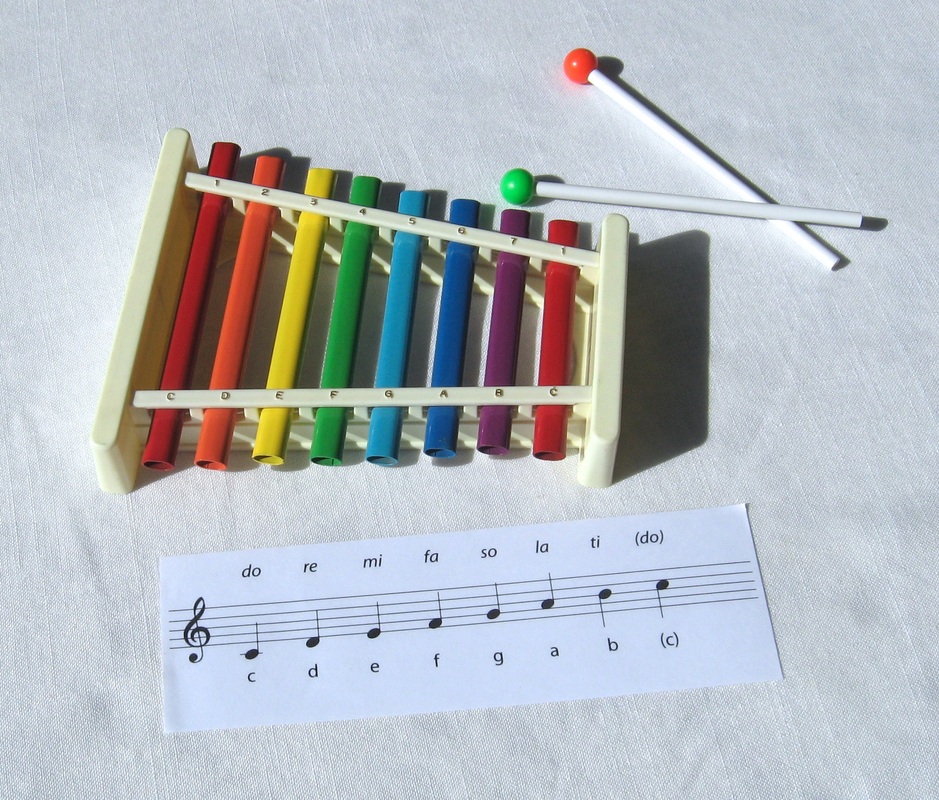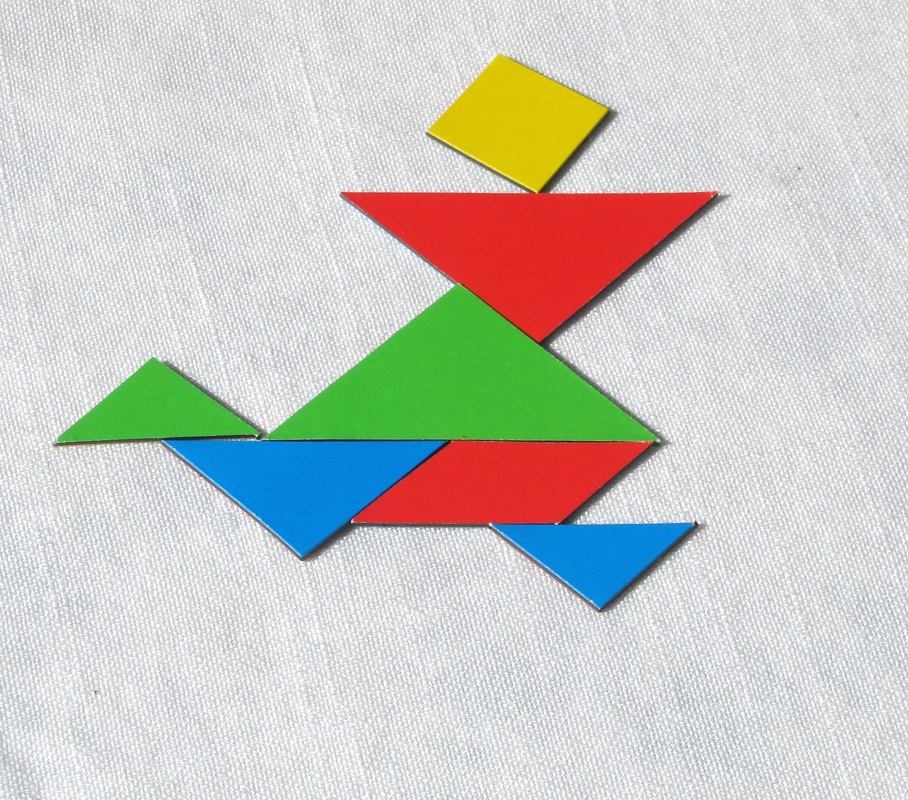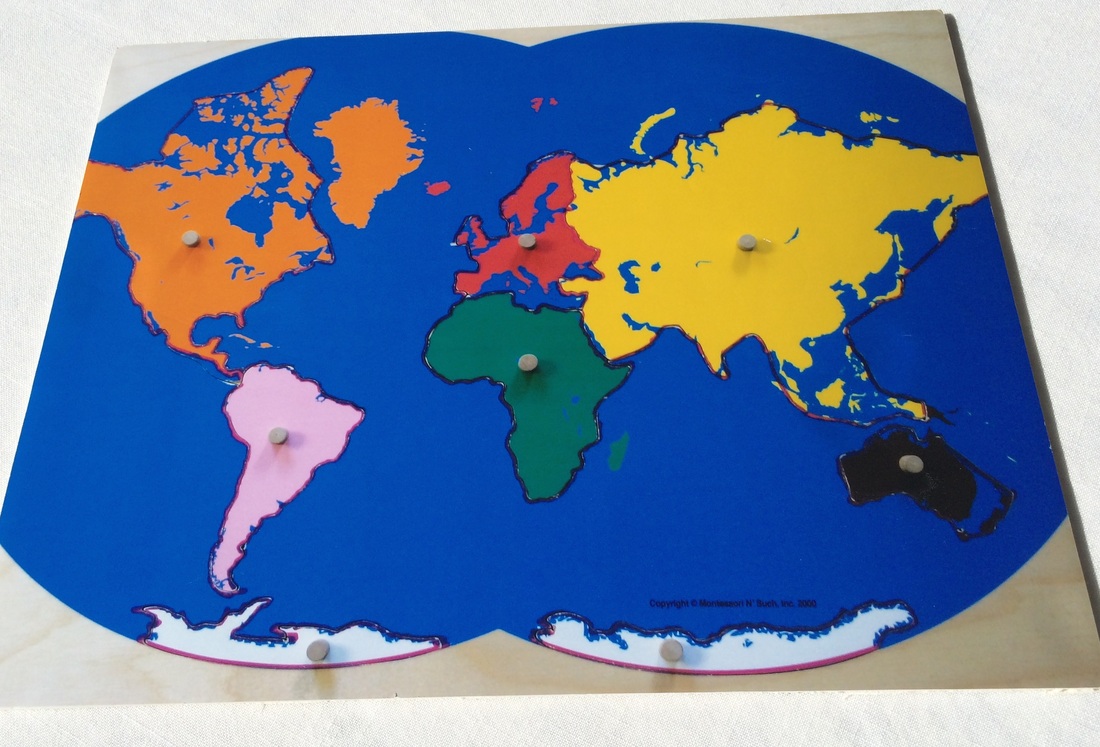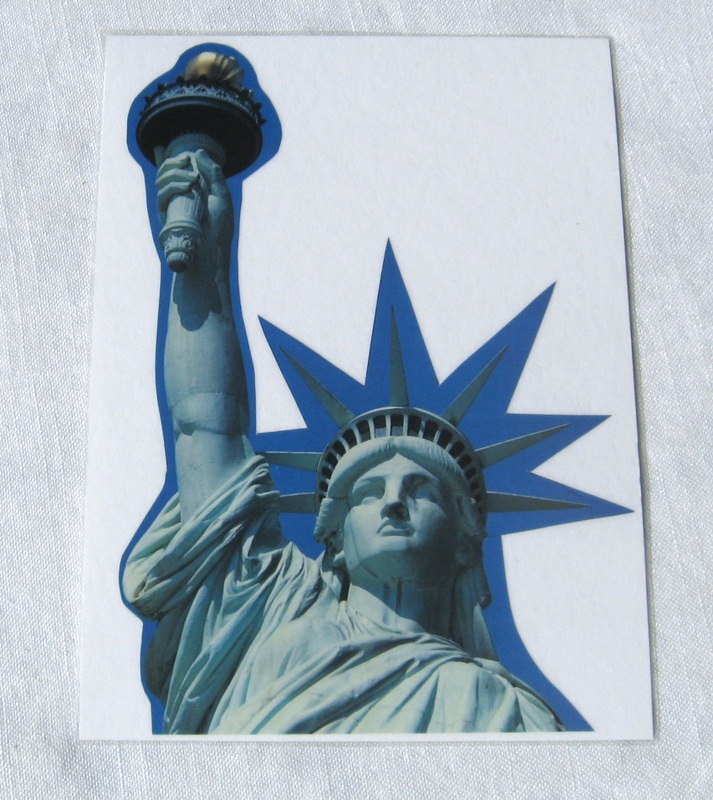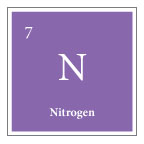| SNAP-Scaffolding for Numerical Synapses |
SEVEN
OBSERVING SEVEN WITH YOUNG CHILDREN
Observing seven includes exploring geometric expressions of seven, i.e., heptagons, hectograms;
polyhedrons such as a heptagonal pyramid and a heptagonal prism.
polyhedrons such as a heptagonal pyramid and a heptagonal prism.
|
INTRODUCTORY ACTIVITIES
LIFE SKILLS
SENSORIAL EXPLORATION
MATH
LANGUAGE
CULTURE
History and Timelines
Art and Music
Science
Astronomy
Botany/Zoology/Human Body
ADDITIONAL ACTIVITIES
|
|
